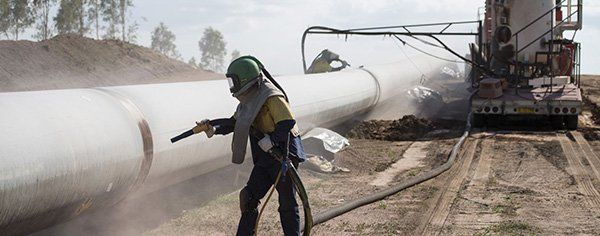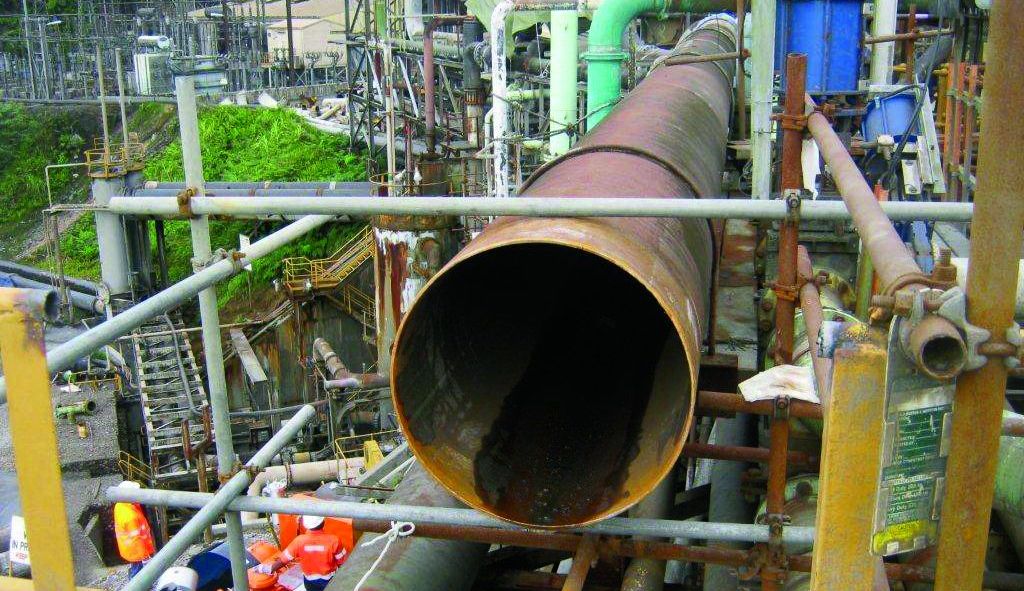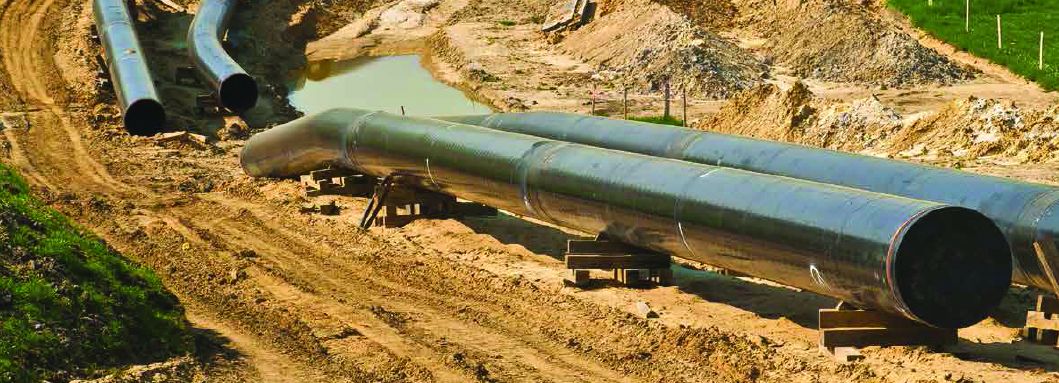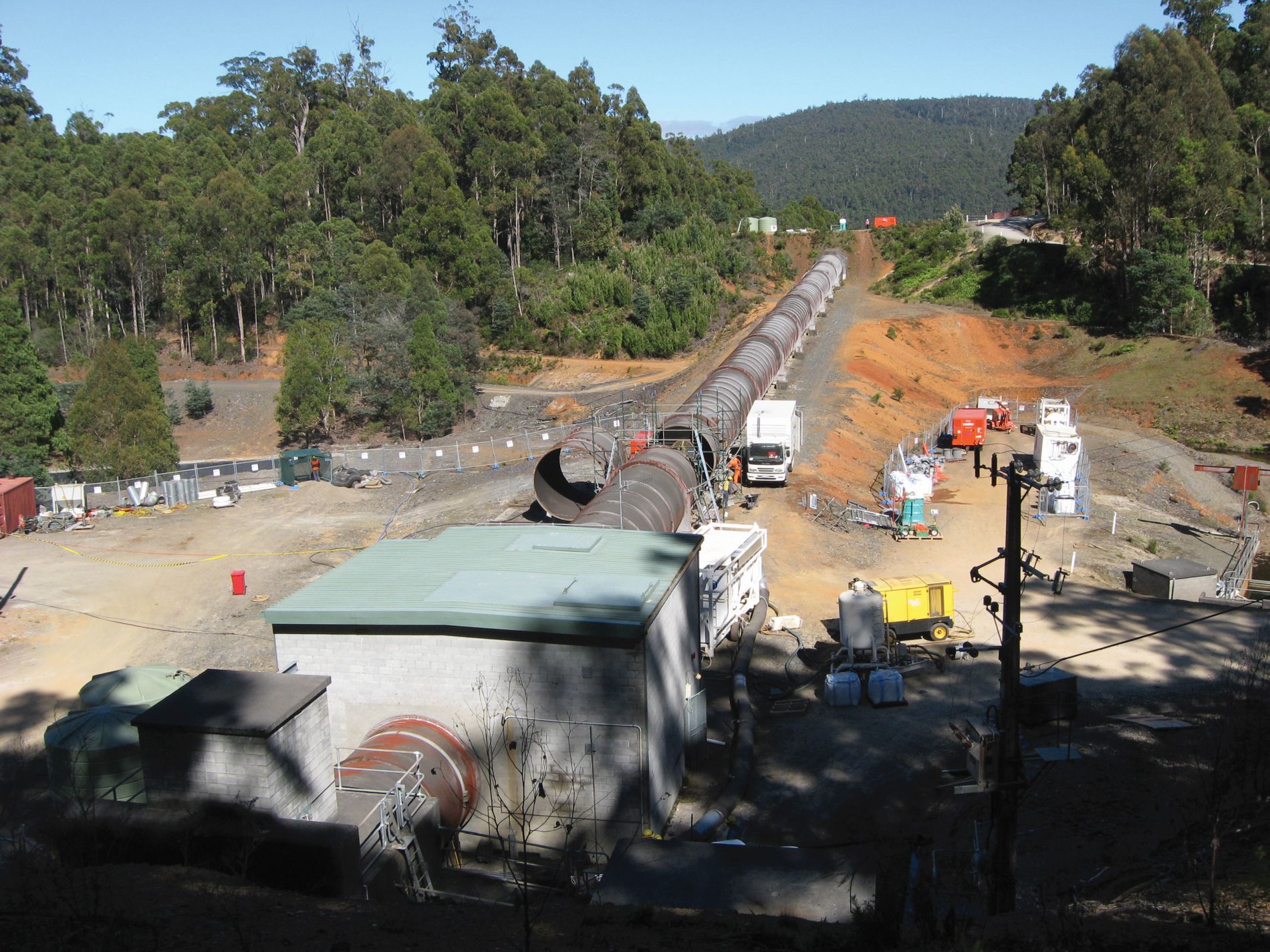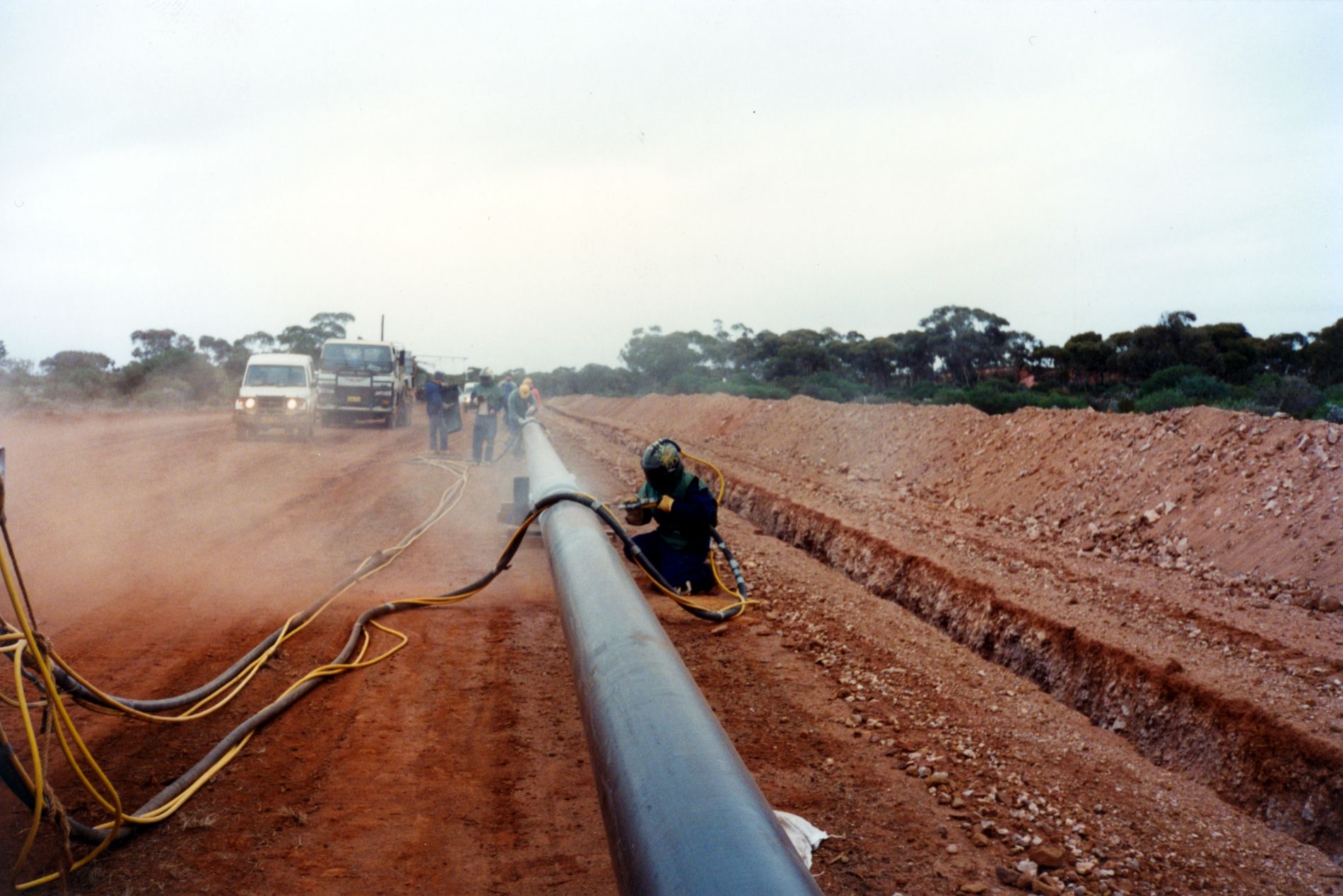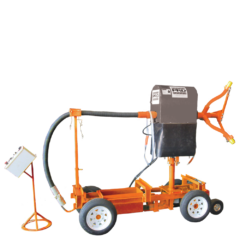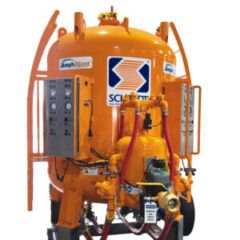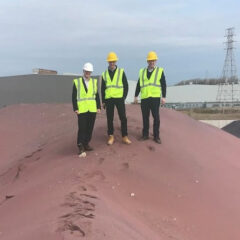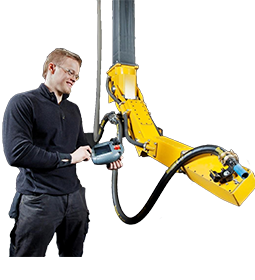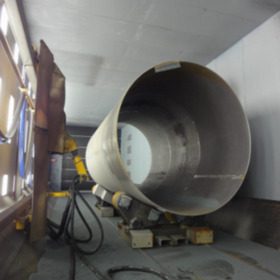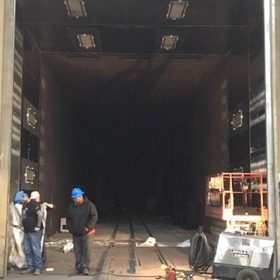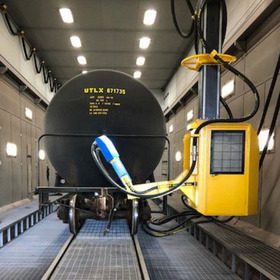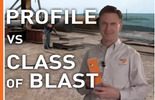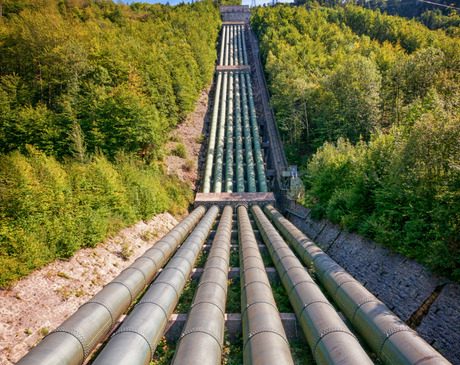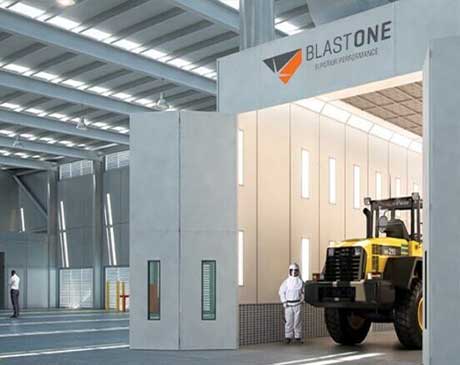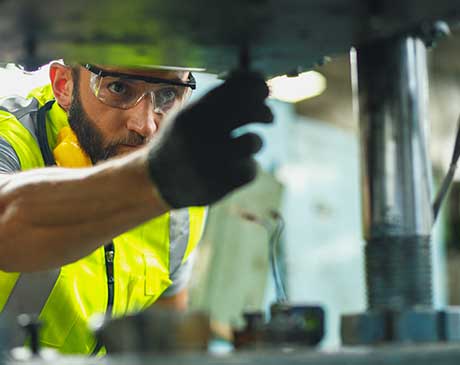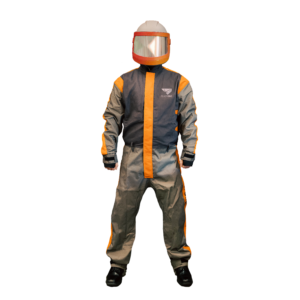Industrial Pipeline Blast & Paint Equipment
Good surface preparation for new construction pipelines is critical because the life expectancy is up to 40 years. Good surface preparation is vital, whatever the coating being applied. Even the toughest of coatings will fail if it does not have a good bond to the substrate it is being applied to.
With BlastOne’s experience and tailored solutions, we can dramatically cut paint downtime. Faster, more efficient equipment and systems help return your plant to operational status in less time. BlastOne ensures your corrosion control fleet is well equipped to provide consistent quality and reduce operational costs.
Pipelines need a durable and impermeable protective barrier to protect the surface from corrosion. These assets represent very high investments and if they become corroded sooner than expected, results in a loss of production and profits.
Abrasive blasting is crucial to ensure the surface is ready for proper coating application and lengthening the life cycle of the coating.
Some common issues we’ve found from working with the industry:
Internal Surface Blasting
Surface preparation of large pipe or tunnel interiors is always dangerous, labor intensive and is typically preformed under tight time constraints. Robotic internal pipe technology (RIPT) blast equipment features rotating lances which are adjusted to the size of the pipe/tunnel.
Other robotic internal pipe technologies feature 3 rotating nozzles which are attached to a self-propelled trolley and move down the pipe.
Typically with metal spraying, a zinc metal spray is applied directly onto the surface. Next, an epoxy or urethane coating is applied. These are expensive coatings, but has been proven to be durable, UV Resistant and abrasion resistant.
A second option is a three coat system consisting of zinc rich primer, an epoxy build coat and then a urethane top coat. The urethane top coat maintains good gloss levels for improved self cleaning. Contaminants are less likely to stick to the surface. Additionally, there is not any chalking of the surface that typically comes from epoxy coatings.
Typical DFT without a zinc metal spray base is a total of 350-500 microns (14-20 mils). When liquid coatings are applied over metal spray (very rough finish), the top coating is normally 16 mils because the liquid coating must level out the rough finish of metal spray.
PAINTING EQUIPMENT
When applying hot metal spray, dedicated equipment is used. This equipment is similar to that used in a mig or oxy welding system. A wire or powder is molten with a flame or electric arc. The following intermediate and top-coats will be applied with an airless sprayer. When hot metal spray is not used, the entire coating system will be applied with an airless sprayer. Airless spraying enables the highest application rates. It also has a high transfer efficiency; this means more coating stays on the surface being coated rather than blowing away in the wind.
 My Account
My Account

